Groin Strain
Groin Strain
The groin strain is one of the most common injuries in sports. It can be caused by a sudden movement or a traumatic event, such as being kicked. Groin strains can also occur from overuse. Conservative treatment is often effective, but more severe cases may require surgery. This article will provide you with a complete guide to groin strains.
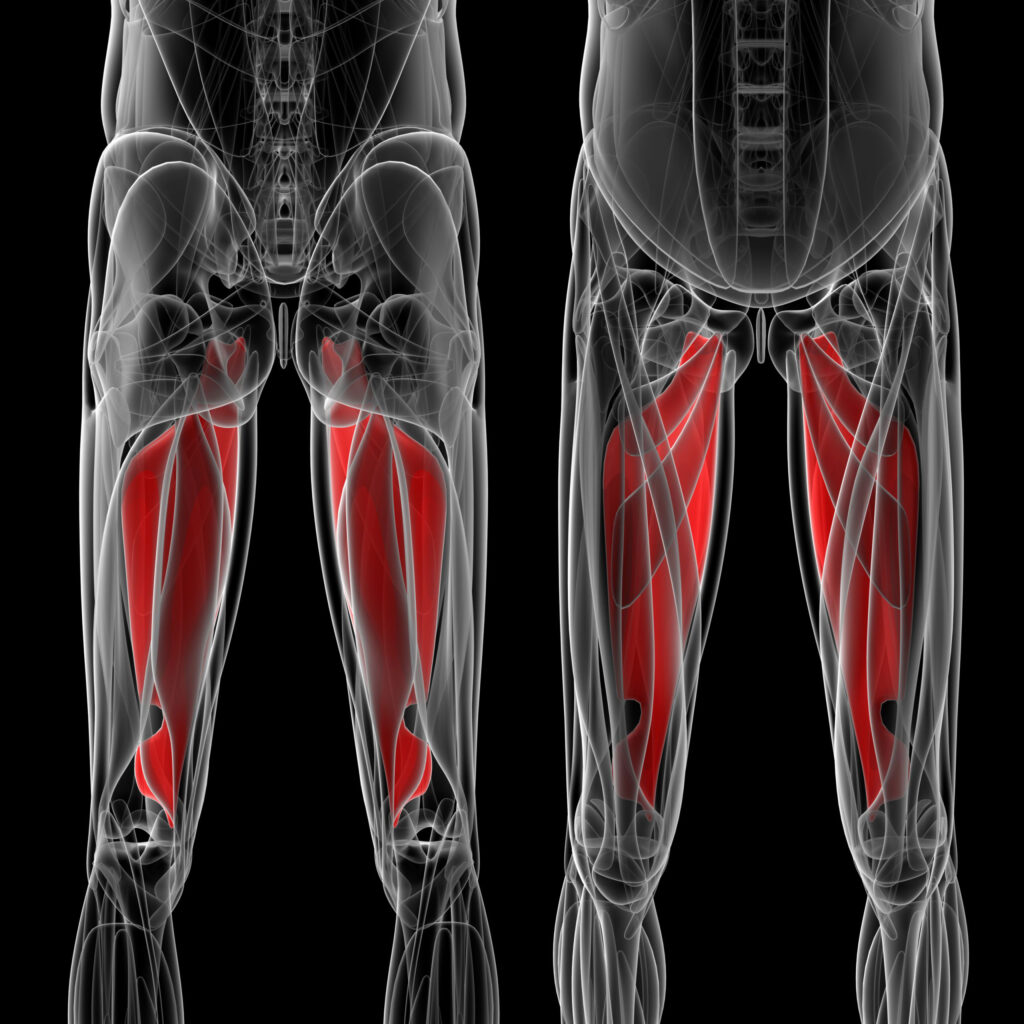
Groin strain: An introduction
A groin strain is an injury to the muscles, tendons, or ligaments of the groin. The groin is the area between the abdomen and thigh. A strain occurs when these tissues are stretched or torn.
Groin strains can vary in severity from mild to severe. Mild strains may only cause brief discomfort, while severe strains can lead to significant groin pain and disability.
Most groin strains occur during activities that involve sudden changes in direction, such as soccer, football, or hockey.
These activities place great stress on the groin muscles or tendons, which can lead to groin strain injury.
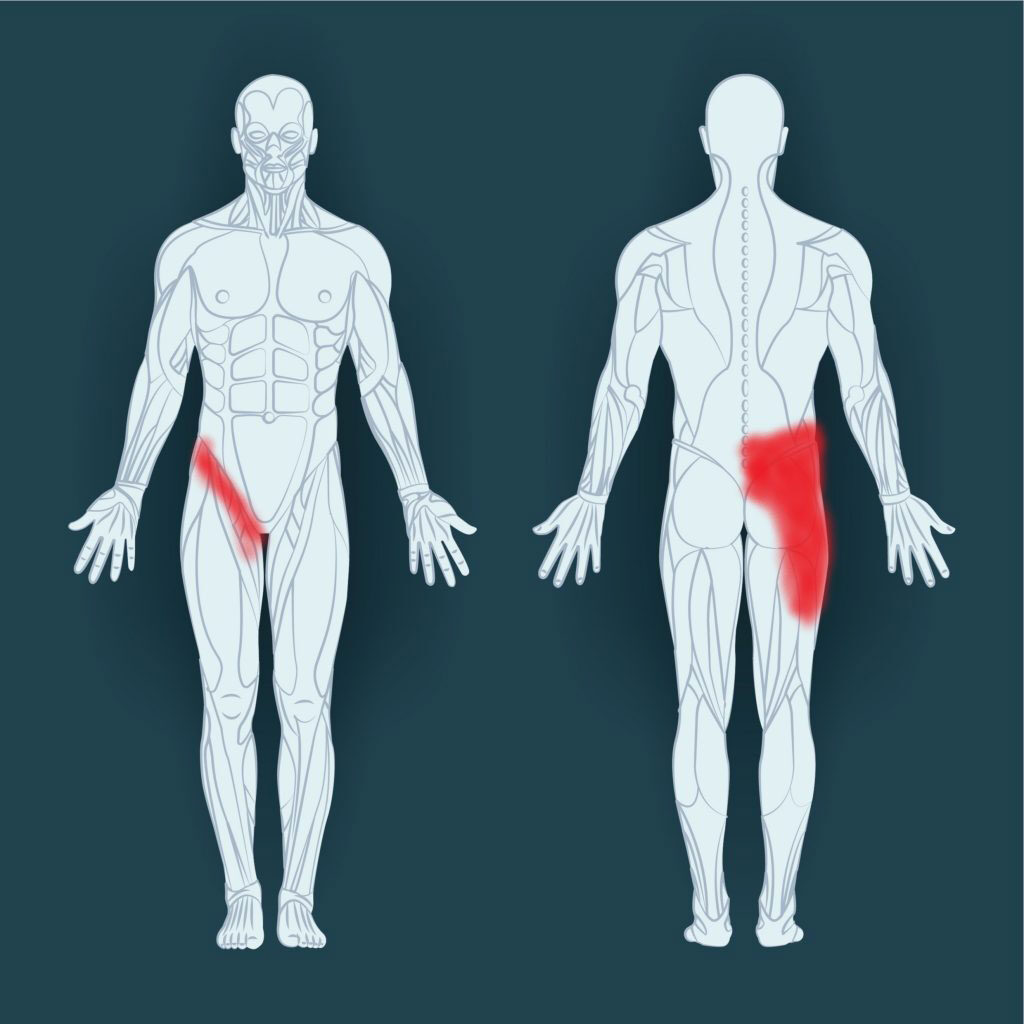
Symptoms of a groin strain
Symptoms of a grain strain can include pain in the groin area, inner thigh muscles, muscle tendon unit, hip muscles, or lower abdomen. The pain may be sharp, aching, or throbbing.
It may worsen with activity, coughing, or sneezing. You may also have bruising, swelling, or weakness in the affected leg. A severe strain may cause a tear in the muscle fibers.
This can cause chronic groin pain and make it difficult to move your leg. If you think you have a groin strain, see your doctor right away to get relief from the severe pain.
Causes of groin strains
There are several different things that can cause a groin strain, including:
- Overstretching or tearing the muscles in the groin area
- Sudden movements that put stress on the muscles, such as during sports activities
- Wearing shoes that don’t fit properly or support the feet properly
- Walking or running on uneven surfaces
- Having tight muscles in the hips or legs
Diagnosis of Groin Strain
A diagnosis of Groin strain can be made by a medical professional after taking a thorough medical history and performing a physical examination.
In some cases, imaging tests such as X-rays or MRI may be ordered to rule out other possible causes of the symptoms.
There is no specific test for Groin strain, but the diagnosis is generally made based on the individual’s symptoms and medical history.
Treatment typically focuses on relieving pain and discomfort and may include rest, ice, compression, and elevation (RICE).
Physical therapy may also be recommended to help strengthen the muscles and improve flexibility. Surgery is rarely needed.
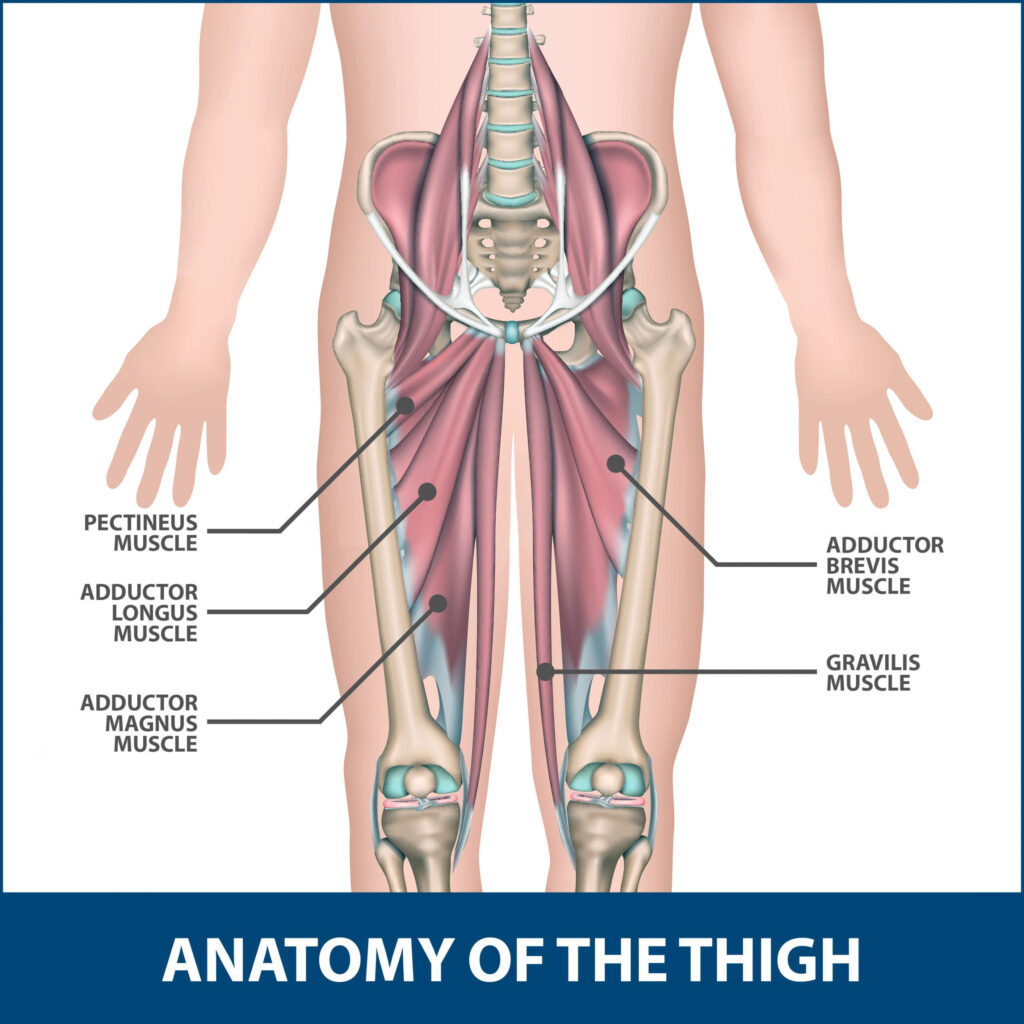
Treatment of Groin Strain
There are a number of ways to treat Groin strain, depending on the severity of the condition.
In most cases, simple home remedies and over-the-counter medications will be enough to relieve pain and reduce inflammation.
However, for treating chronic groin strains, surgery may be necessary to repair the damage to the adductor muscle group or pubic bone.
The first step in treating Groin strain is to rest the affected area. This will give the tissues time to heal and also help prevent further injury. It is also important to apply ice to the area for 20 minutes at a time, several times a day. This will help reduce swelling and pain.
Over-the-counter pain relievers such as ibuprofen or acetaminophen can also be helpful in managing pain. If these do not provide relief, prescription strength medications may be necessary. Injections of corticosteroids into the affected area can also help reduce pain and inflammation.
Severe Groin Pain
In severe cases, surgery may be necessary to repair damage to the tendons or ligaments. This type of surgery is typically reserved for those who do not respond to conservative treatment methods. Recovery from surgery can take several months.
Physical therapy is often recommended after surgery or for those who do not require surgery. Physical therapy can help stretch and strengthen the muscles and tissues around the joint. This can help improve range of motion and reduce pain.
Groin strain is a condition that can cause significant pain and discomfort. However, with proper treatment, most people are able to recover fully and return to their normal activities.
If you think you may have a groin strain, it is important to see a doctor so that an accurate diagnosis can be made. Early diagnosis and treatment is the best way to ensure a full recovery.
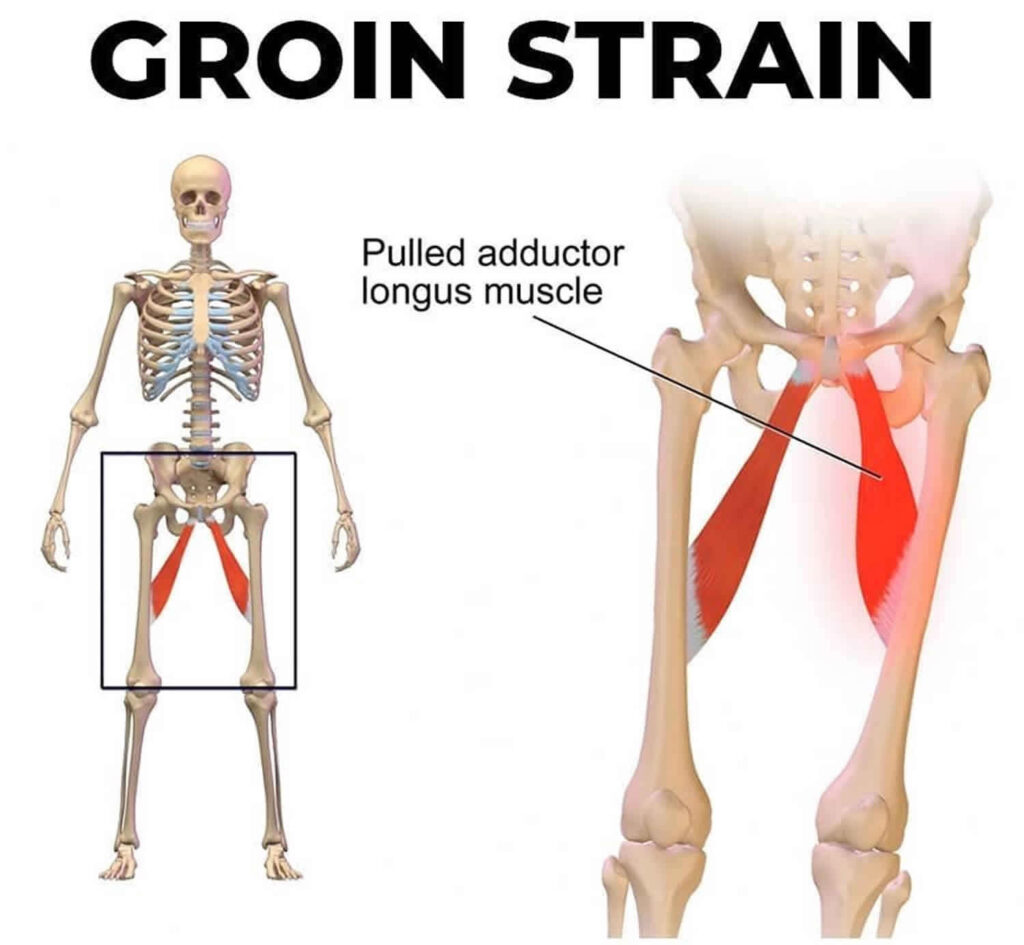
Surgery for Groin Injuries
In severe cases, surgery may be necessary to repair damage to the tendons or ligaments. This type of surgery is typically reserved for those who do not respond to conservative treatment methods. Recovery from surgery can take several months.
Physical therapy is often recommended after surgery or for those who do not require surgery. Physical therapy can help stretch and strengthen the muscles and tissues around the joint. This can help improve range of motion and reduce pain.
Groin strain is a condition that can cause significant pain and discomfort. However, with proper treatment, most people are able to recover fully and return to their normal activities.
If you think you may have a groin strain, it is important to see a doctor so that an accurate diagnosis can be made. Early diagnosis and treatment is the best way to ensure a full recovery.
Arthroscopic debridement:
This is a minimally invasive procedure that involves using a small camera and surgical instruments to remove damaged tissue from the groin.
Open repair:
This type of surgery requires a larger incision in order to access and repair the damaged tissue.
Reconstruction:
In some cases, the damage to the groin may be severe enough that reconstruction is necessary. This may involve using artificial implants or grafting healthy tissue from another area of your body.
After surgery, you will likely need to rest and avoid strenuous activity for several weeks. Physical therapy may also be recommended to help you regain strength and flexibility in your groin.
Options to finance your groin strain surgery
There are a few options available to those who need to finance their groin strain surgery. One option is to take out a personal loan from a bank or other financial institution. This can be a good option for those who have good credit and can qualify for a low interest rate.
Another option is to use a credit card to pay for the surgery. This can be a good option for those who do not have good credit or who do not want to incur any additional debt. Finally, there are some medical financing companies that specialize in providing financing for surgeries and other medical procedures.
These companies may be able to provide you with a lower interest rate than what you would get from a bank or other lender. Speak with your doctor about which financing option would be best for you.
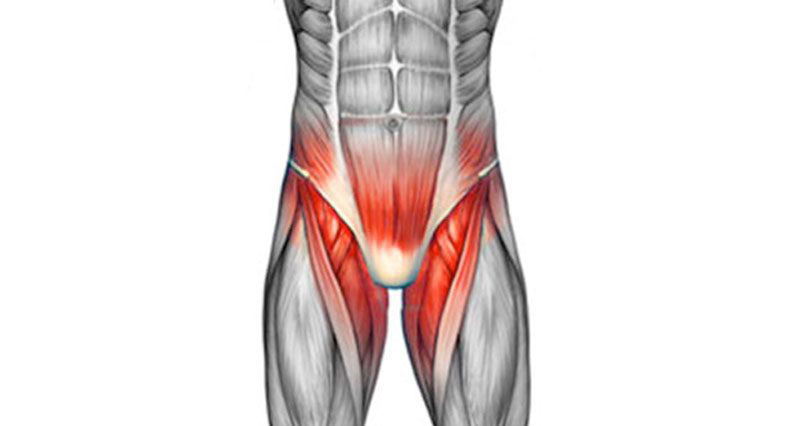
Recovery time for Groin Strains
The recovery time for a groin strain will vary depending on the severity of the injury. For most people, however, full recovery can take several weeks to months. During this time, it is important to avoid any activities that could aggravate your injury and delay healing.
Prevention of groin strains
Prevention of groin strains can be difficult, as the injury is often caused by a sudden change in direction or stop-and-start movements common in sports. However, there are some things you can do to help prevent groin strains, including:
* Warming up properly before physical activity
* Stretching the adductor muscles in the groin area before and after activity
* Wearing supportive footwear
* Avoiding sudden changes in direction or pace while participating in activities
* Doing exercises to strengthen the muscles in the groin area
If you do experience a groin strain, it is important to rest the injured area and avoid any activities that may aggravate the injury. You should also ice the area for 20 minutes several times a day and take over-the-counter pain medication as needed. If the pain persists or gets worse, you should see a doctor.
Exercises to strengthen Groin Muscles
1. Leg raises:
Lie on your back with your legs straight. Slowly raise one leg up, keeping the other leg flat on the ground. Hold for a few seconds, then lower the leg and repeat with the other leg.
2. Clamshells:
Lie on your back with your legs straight. Slowly raise one leg up, keeping the other leg flat on the ground. Hold for a few seconds, then lower the leg and repeat with the other leg.
3. Side-lying leg lifts:
Lie on your side with your legs straight. Slowly lift one leg up as high as you can without moving your upper body or hips. Lower the leg and repeat with the other leg.
4. Bridging:
Lie on your back with your knees bent and feet flat on the ground. Slowly lift your hips off the ground, then lower them back down.
5. Fire hydrants:
Start on all fours with your hands and knees shoulder-width apart. Keeping your knee at a 90-degree angle, lift one leg out to the side and up toward the ceiling. Return to the starting position and repeat with the other leg.
6. Hip abductor machine:
Sit in a hip abductor machine with your legs positioned in the pads and your knees bent to 90 degrees. Slowly press your legs outward against the resistance of the machine. Return to the starting position and repeat.
Have you been injured at some point in your journey?
Are you not achieving your highest level of function?
We’ve helped hundreds of people at all walks in life
get back to performing their best painfree!
3 Ways to Level Up Your Rehab and Injury Prevention With Us





